- Home
- About
- Hospitals
-
Treatments
- Orthopedic & Spine
- Knee Replacement
- Carpal Tunnel Release
- Rotator Cuff Repair
- Meniscus Repair / Meniscectomy
- Total Hip Replacement (THR)
- Total Shoulder Replacement
- Arthroscopy
- Ligament Reconstruction
- Spinal Fusion
- Discectomy
- Laminectomy
- Spinal Decompression
- Vertebroplasty and Kyphoplasty
- Fracture Repair
- ACL Reconstruction
- Tendon Repair
- Osteotomy
- Amputation
- Pediatric and Adult Cardiac
- Neuroscience
- Oncology
- Nephrology & KTP
- Gastroenterology & Hepatobiliary
- Obstetrics and Gynaecology
- Infertility
- Dental & Maxillofacial
- Plastic & Cosmetic Surgery
- Rhinoplasty
- Blepharoplasty (Eyelid Surgery)
- Facelift (Rhytidectomy)
- Breast Augmentation (Mammoplasty)
- Breast Reduction (Mammoplasty)
- Breast Lift (Mastopexy)
- Liposuction
- Abdominoplasty (Tummy Tuck)
- Brazilian Butt Lift (BBL)
- Lip Augmentation
- Breast Reconstruction
- Cleft Lip and Palate Repair
- Scar Revision
- Burn Reconstruction
- Botox Injection
- Ophthalmology
- Otolaryngology (ENT)
- Endocrinology
- General and Minimal Invasive Surgery
- Pulmonology
- Rheumatology
- Urology
- General Medicine
- Ayurvedic Treatment
- Orthopedic & Spine
- Doctors
- Contact Us
Coronary Artery Bypass Grafting (CABG)
Coronary Artery Bypass Grafting (CABG), commonly known as cardiac bypass surgery, is a surgical procedure used
to treat coronary artery disease (CAD) and restore blood flow to the heart
muscle. This procedure is performed by a cardiothoracic surgeon and is
typically used when the coronary arteries that supply blood to the heart become
narrowed or blocked due to a buildup of fatty deposits (atherosclerosis).
Here's an overview of CABG:
Indications for CABG: CABG is
indicated for patients with significant coronary artery disease, which can lead
to symptoms such as angina (chest pain) or for those at risk of heart attack.
It may also be performed in emergency situations when a heart attack has
occurred.
The CABG Procedure: CABG involves several key
steps:
- Anesthesia: The patient is placed under general anesthesia to ensure they are asleep and pain-free during the surgery.
- Incision: A long incision is made in the chest, often through the breastbone (sternum), to access the heart. This is called a median sternotomy.
- Cardiopulmonary Bypass: The patient's blood is rerouted through a heart-lung machine (cardiopulmonary bypass machine), which temporarily takes over the function of the heart and lungs. This allows the surgeon to work on the heart while it is still.
- Harvesting Grafts: Grafts are usually harvested from the patient's own blood vessels. The most common grafts used are the saphenous vein from the leg and the internal mammary artery (internal thoracic artery) from the chest wall. These grafts are prepared for use in the bypass procedure.
- Bypass Grafting: The surgeon carefully examines the coronary arteries and determines where the blockages or narrowed segments are located. The harvested grafts are then connected (grafted) to the coronary arteries in such a way that blood flow is redirected around the blocked or narrowed areas, restoring adequate blood supply to the heart muscle.
- Closing Incisions: After the grafts are successfully placed, the chest incision is closed with sutures or staples. A drainage tube may be inserted to remove excess fluid from the chest.
- Weaning from the Heart-Lung Machine: The patient is gradually weaned off the heart-lung machine as the
heart resumes its normal function.
After the
Procedure: After CABG, the patient is transferred to the
intensive care unit (ICU) for close monitoring. They will be connected to
various monitors to assess vital signs, heart function, and other parameters.
Recovery
from CABG typically involves the following:
- Hospital Stay: The length of hospital stay can vary but is usually around a week, during which the healthcare team monitors the patient's recovery and manages pain.
- Cardiac Rehabilitation: After discharge, many patients participate in cardiac rehabilitation programs to help with physical and emotional recovery, improve cardiovascular health, and prevent future heart issues.
- Medications: Patients may need to take medications to control blood pressure, lower cholesterol, prevent blood clots, and manage other aspects of heart health.
- Lifestyle Changes:
Following CABG, lifestyle modifications, including dietary changes,
regular exercise, smoking cessation, and stress management, are essential
to maintain heart health.
CABG is an effective treatment for coronary artery disease, as it can
relieve symptoms, improve heart function, and reduce the risk of heart attack.
It is important to discuss the benefits, risks, and alternatives with your
healthcare provider if you are a candidate for this procedure.
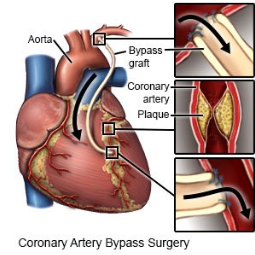


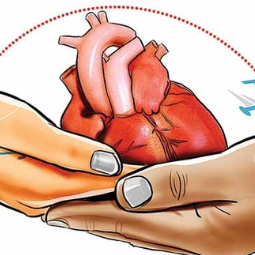
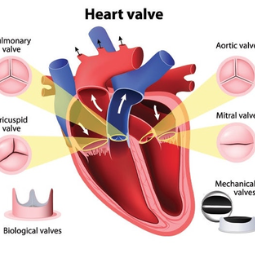
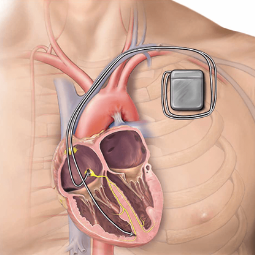
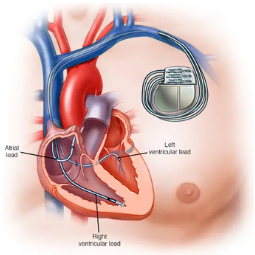
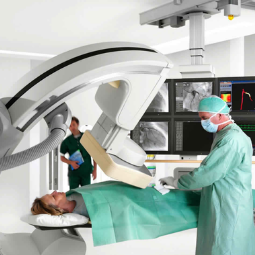
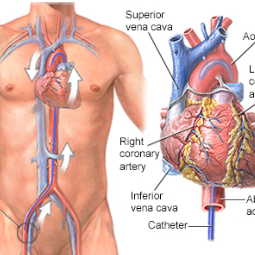
.png)